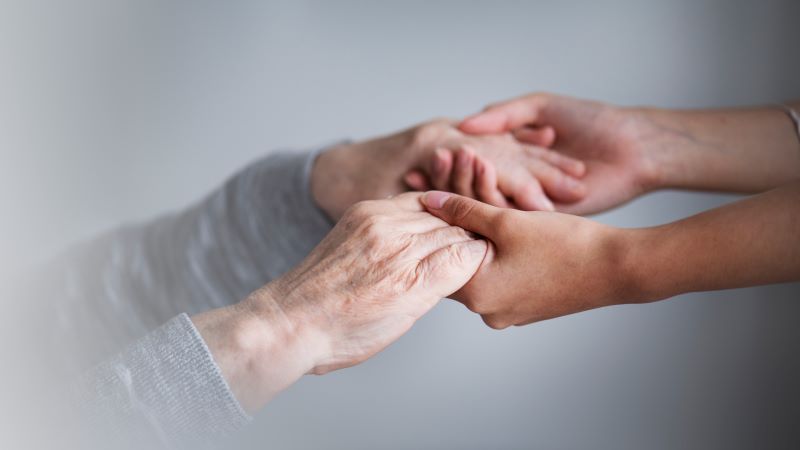

Those patients have benefited from her uncanny ability to know precisely what they’re going through, even though many are too young to speak.

Pohlmann near her home in Hermann, Missouri, with her husband, Josh, and sons Caleb, left, and Benjamin Rhonda Favor And at the end of the day, before heading home, she’ll meditate on the facility’s roof garden to release her patients’ anguish as best she can. Deep-breathing exercises in the hospital’s break room help her find some distance, as does mindless chatter, the stuff we exchange without real emotion with colleagues and friends about weekend plans, clothes, food. Filtering someone else out is harder.” Once an organ transplant patient went into a full-on panic attack and Pohlmann felt herself starting to have one too. “Ratcheting it up is easier-I visualize my personal space surrounding the other person’s. But in the last year or so she’s really started to own her gift: Rather than trying to push aside how she’s feeling to do her job, she’s been working on heightening and controlling her special skill. “It was hard to gain confidence as a new nurse while feeling and absorbing the doubt anyone else had in my abilities,” she says. And knowing how it happened-an ankle breaking playing basketball, a finger cut on a tin can-“that takes it to a whole other level.” She also struggled emotionally to shut out other people’s judgments of her. “An injury, it gives me chills, like that gut drop when you’re on a roller coaster,” she says. At times a patient’s wounds make her physically ill. Getting to this point hasn’t been an easy road. “It’s instances like this where I’ve realized I can do something for someone that others can’t.” “I took her to the stretcher so she could touch her child and feel she was going to be OK before we moved the baby,” says Pohlmann.

Despite a language barrier-the family spoke only Spanish, which Pohlmann does not-she instantly understood that the mother was terrified of being separated from her baby. “But now I know I don’t have the regular gut intuition everyone else does-I have something extra.” Recently in the E.R., doctors were trying to save a baby’s life and needed to move the patient to the intensive care unit. “It took some convincing,” she says of her diagnosis.
There are some 80 subtypes of synesthesia-and Pohlmann has several, including the ability to see letters as colors and numbers as personae. The conjoined senses often result in amazing memory recall. Some “taste” shapes others read numbers as personalities ( 9 is an angry man, 7 a fashionable woman). (According to one theory, all babies are born with synesthesia, but most outgrow it as the circuits separate.) Many “synnies,” as they call themselves, perceive letters or days of the week in color (Monday is automatically red, for example Tuesday, always blue). Some 4 percent of people report having it, and studies suggest the phenomenon has to do with slight differences in their brains, compared to normal ones, that allow for more cross talk between the wiring for sight, sound, taste, smell, and touch. Synesthesia is the umbrella term for a range of conditions in which the senses intertwine. There are some 80 subtypes of synesthesia and Pohlmann has several, including the ability to see letters as colors and numbers as personae.


 0 kommentar(er)
0 kommentar(er)
